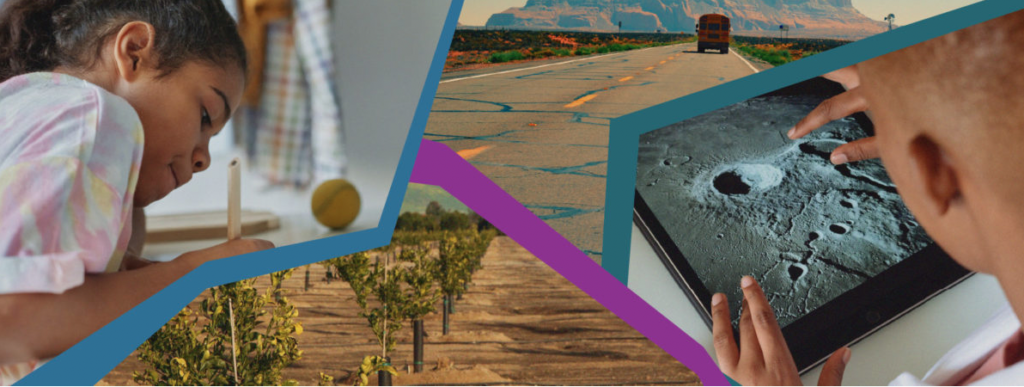Delivering on the Promise of Digital Equity
Key Points
-
K-12 schools are a key pathway to digital equity.
-
States must prioritize K-12 education—both its learners and its educators—to effectively close digital divides.

By: D’Andre J. Weaver
Digital literacy is essential to living and working today in the United States. But digital skill gaps are preventing individuals, particularly those who have been historically and systematically excluded, from reaching their highest potential in the job market, which in turn impacts their earning opportunities.
The U.S. invested $65 billion in digital equity—which the National Digital Inclusion Alliance (NDIA) defines as “a condition in which all individuals and communities have the information technology capacity needed for full participation in our society, democracy, and economy”—through last year’s historic Infrastructure Investment and Jobs Act (IIJA).
K-12 schools are a key pathway to digital equity. States must prioritize K-12 education—both its learners and its educators—to effectively close digital divides. To build the digital skills of the next generation, K-12 educators must be skilled digital users themselves. Deeply engaging underrepresented communities is another essential step toward closing gaps.
K-12 schools are a key pathway to digital equity.
D’Andre J. Weaver
Our new white paper is designed to help state and local community leaders find innovative and effective ways for investing IIJA resources in K-12 education to increase digital equity. We recommend that states make nine “big plays” in three critical focus areas to advance digital equity:
Focus Area 1: Build and sustain systems and infrastructure to ensure all students have constant, reliable access.
- Big Play 1: Remove barriers to affordable broadband.
- Big Play 2: Leverage national and state-level broadband programs to close equity gaps in connectivity and device procurement.
- Big Play 3: Create or revise long-term edtech plans to provide equitable access and sustainable systems.
Focus Area 2: Upskill the K-12 teacher and leader workforce.
- Big Play 4: Establish digital skill and digital use competencies for K-12 graduates and educators.
- Big Play 5: Design professional learning opportunities that increase educators’ digital skills and digital use competencies.
- Big Play 6: Charge a task force to create a statewide plan to upskill the K-12 educator workforce.
Focus Area 3: Upskill students, parents, families, and caregivers.
- Big Play 7: Utilize local groups to convene underrepresented populations and gather information.
- Big Play 8: Scale up community-based efforts to develop the digital skills of students and parents/caregivers.
- Big Play 9: Create task forces inclusive of underrepresented communities to influence state and local plans.
Read our new white paper, Delivering on the Promise of Digital Equity, to explore how state and local leaders can work to close the digital divide in their communities to ensure learners transition successfully from K-12 to postsecondary and other pathways to achieve greater well-being and economic security.
D’Andre J. Weaver is the Chief Digital Equity Officer at Digital Promise.
This post was originally published on Digital Promise.





0 Comments
Leave a Comment
Your email address will not be published. All fields are required.